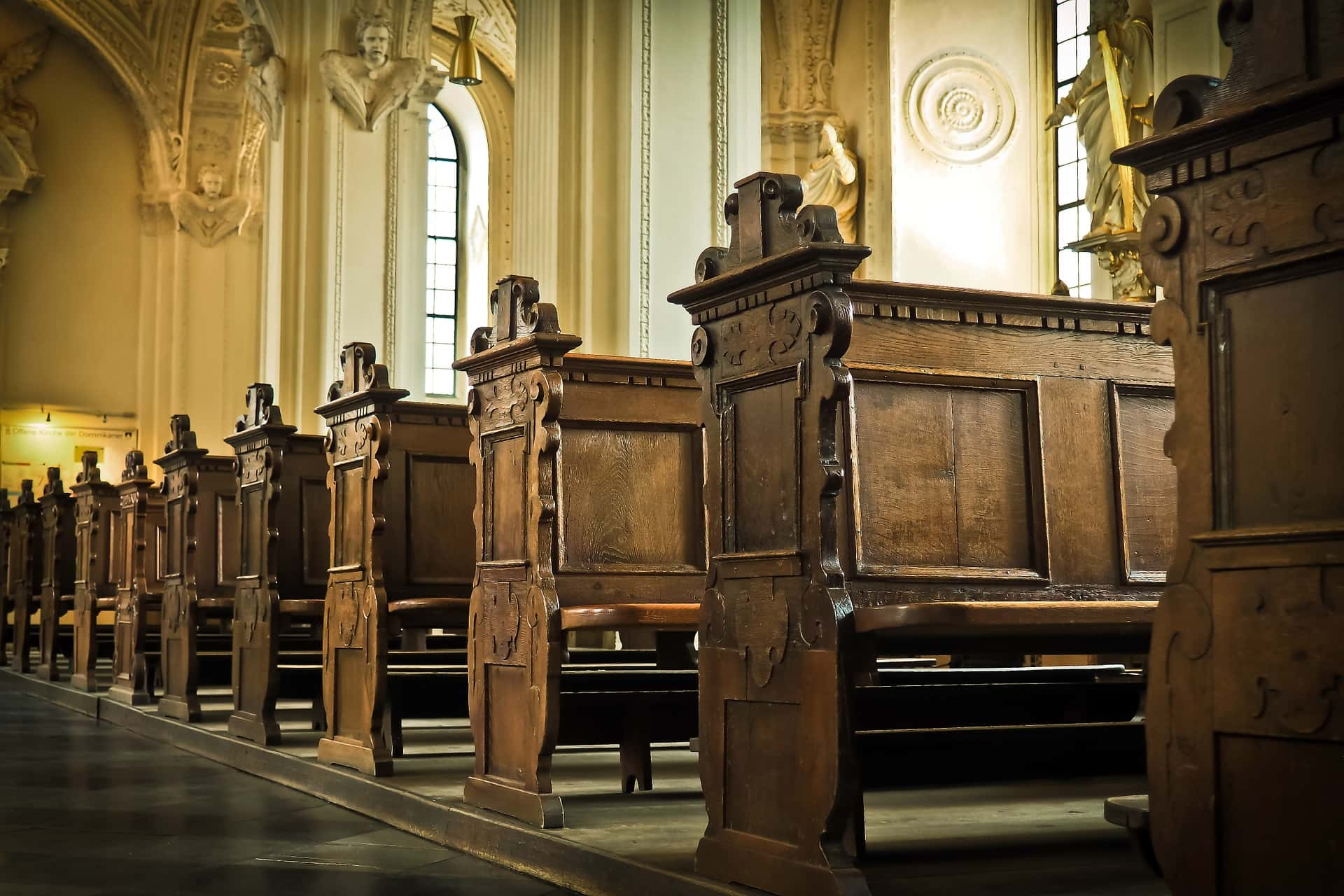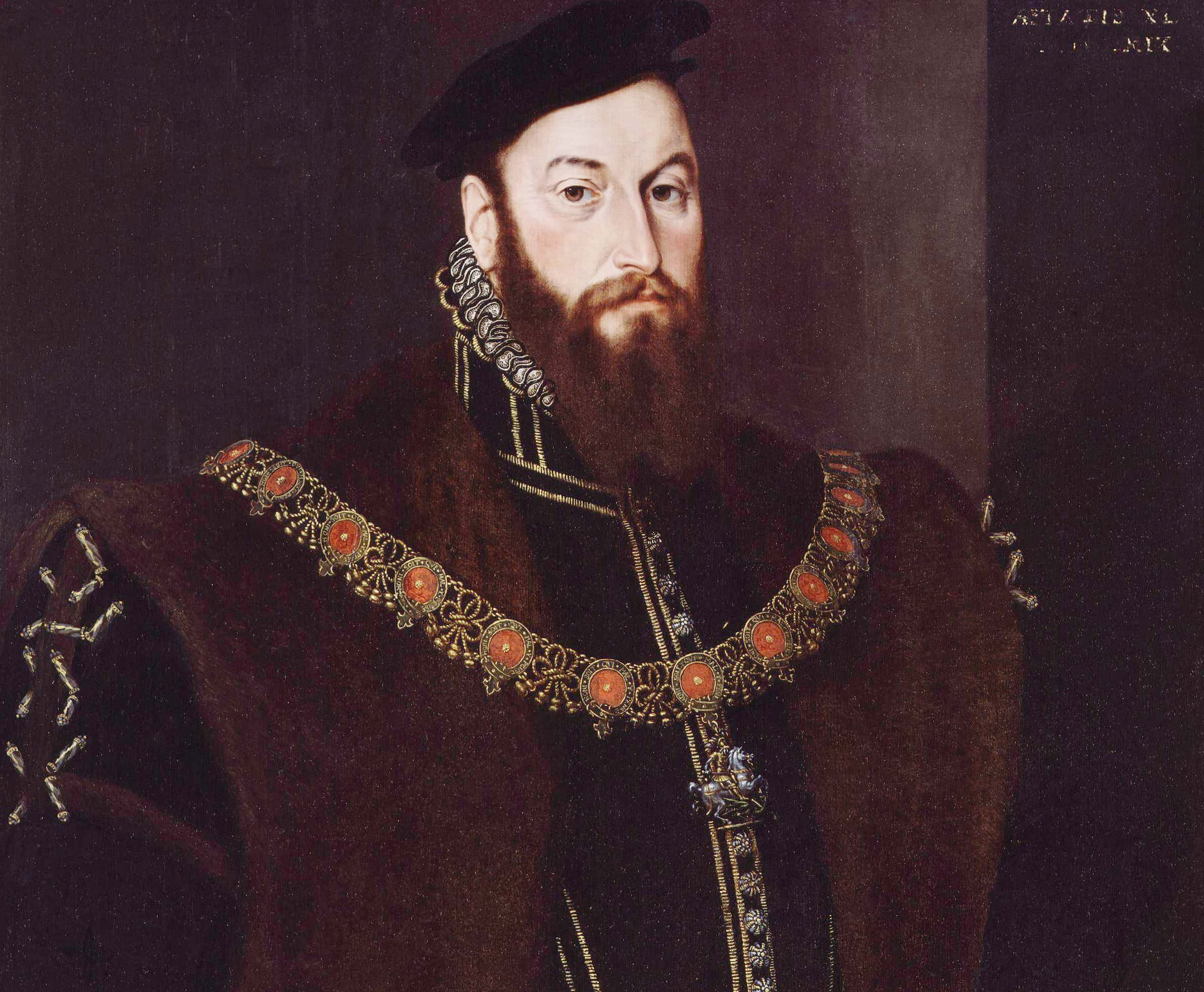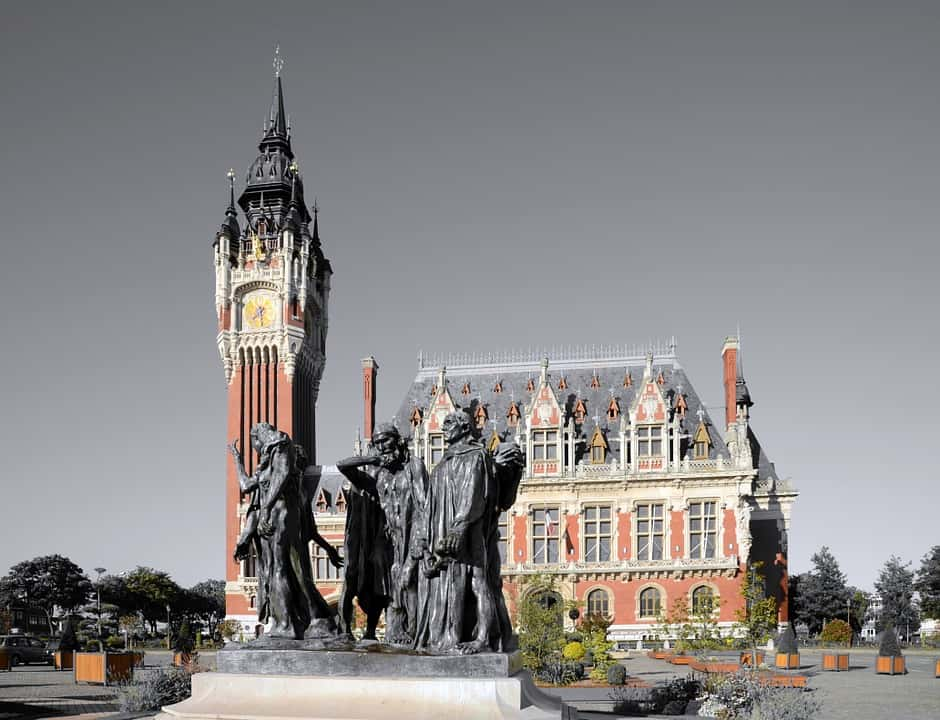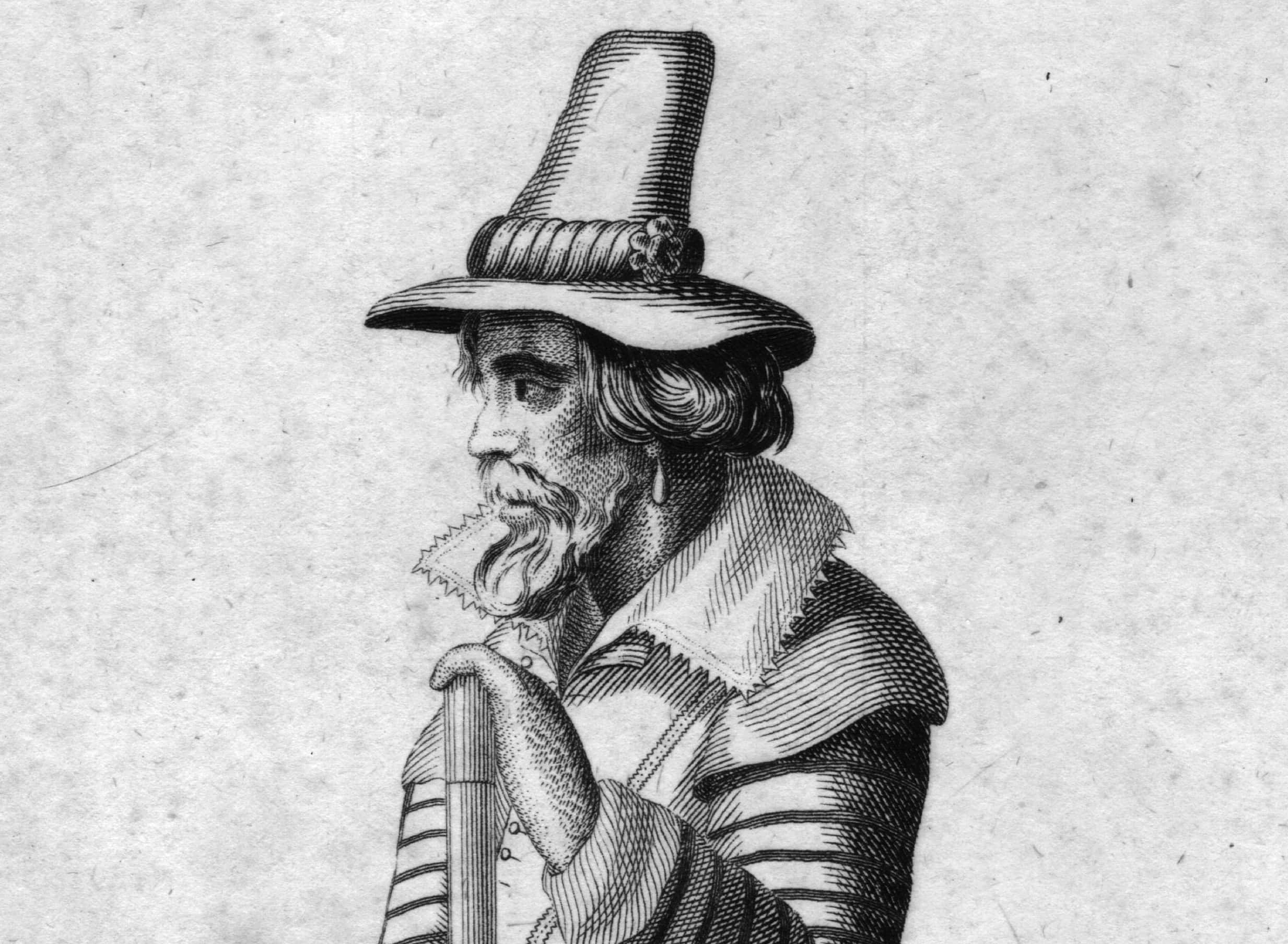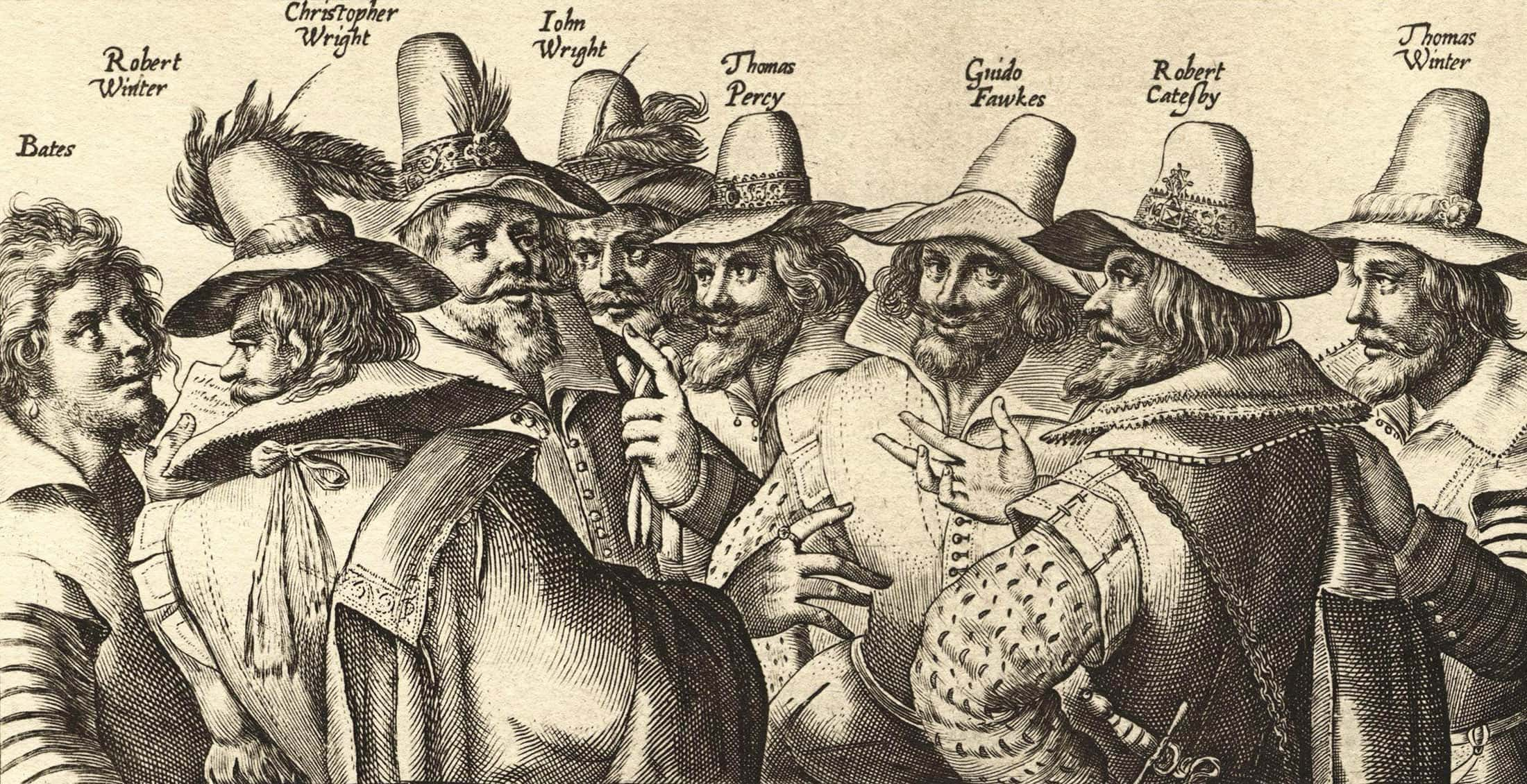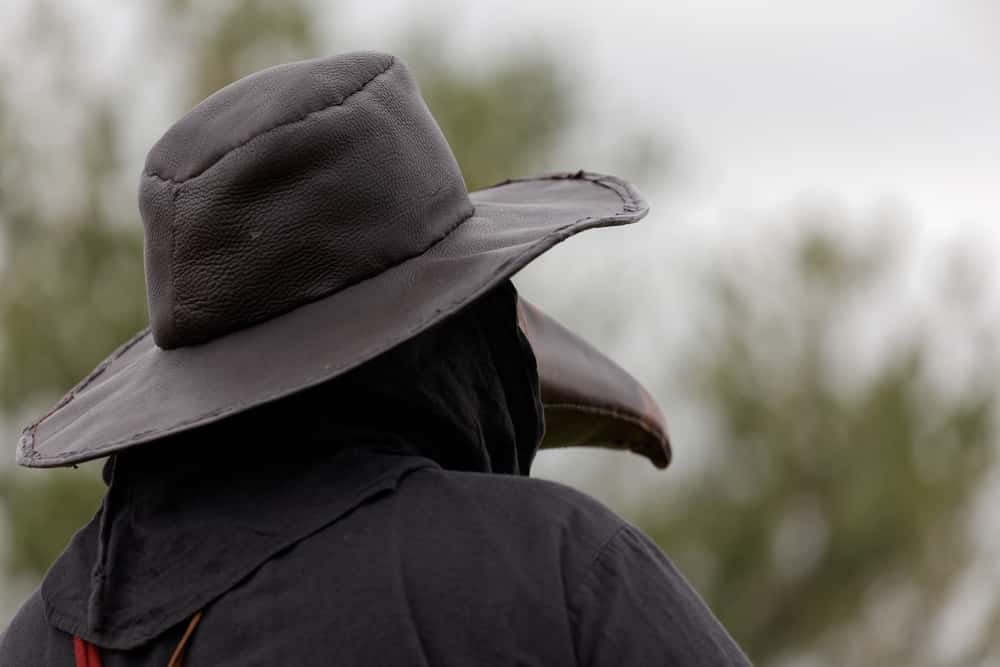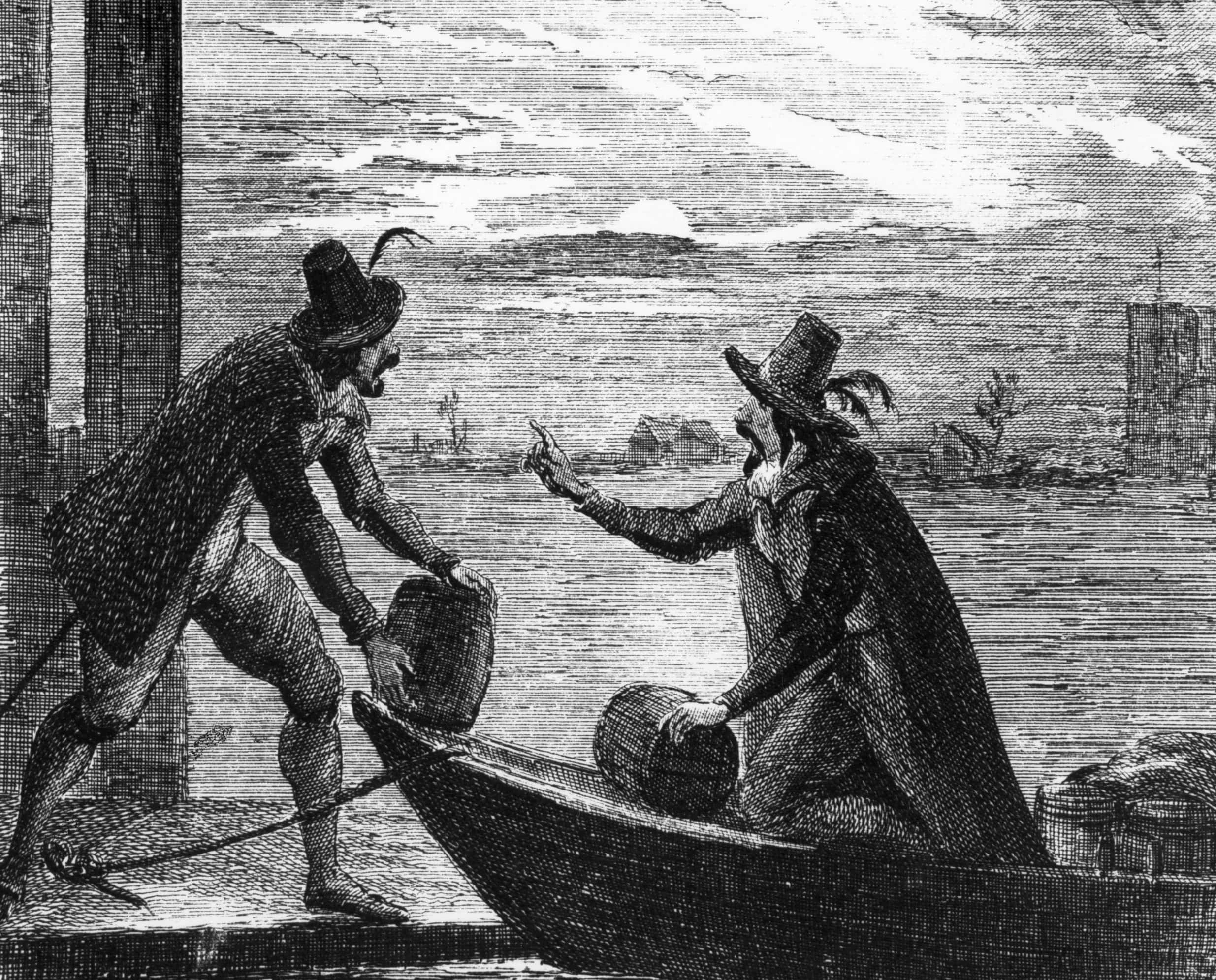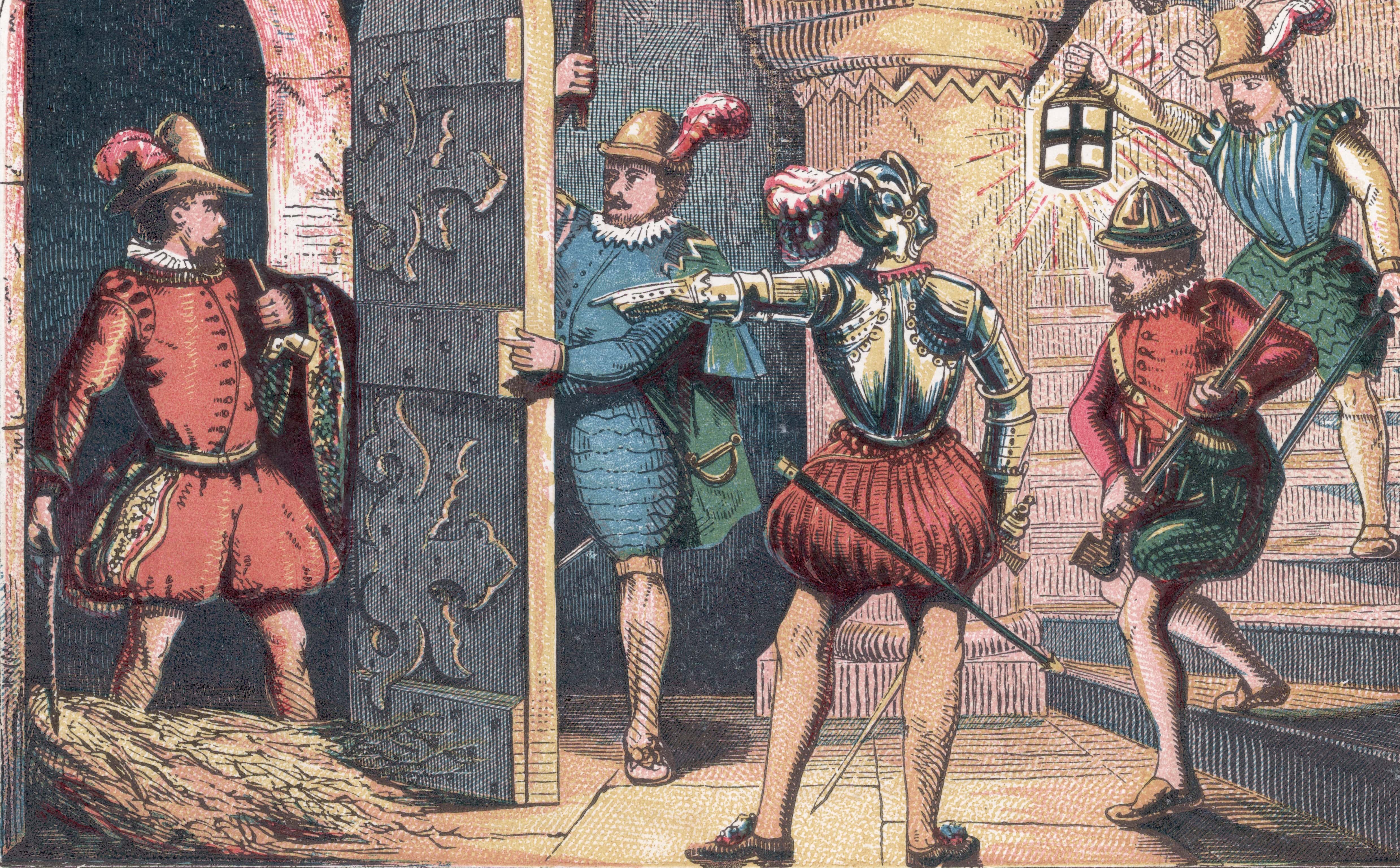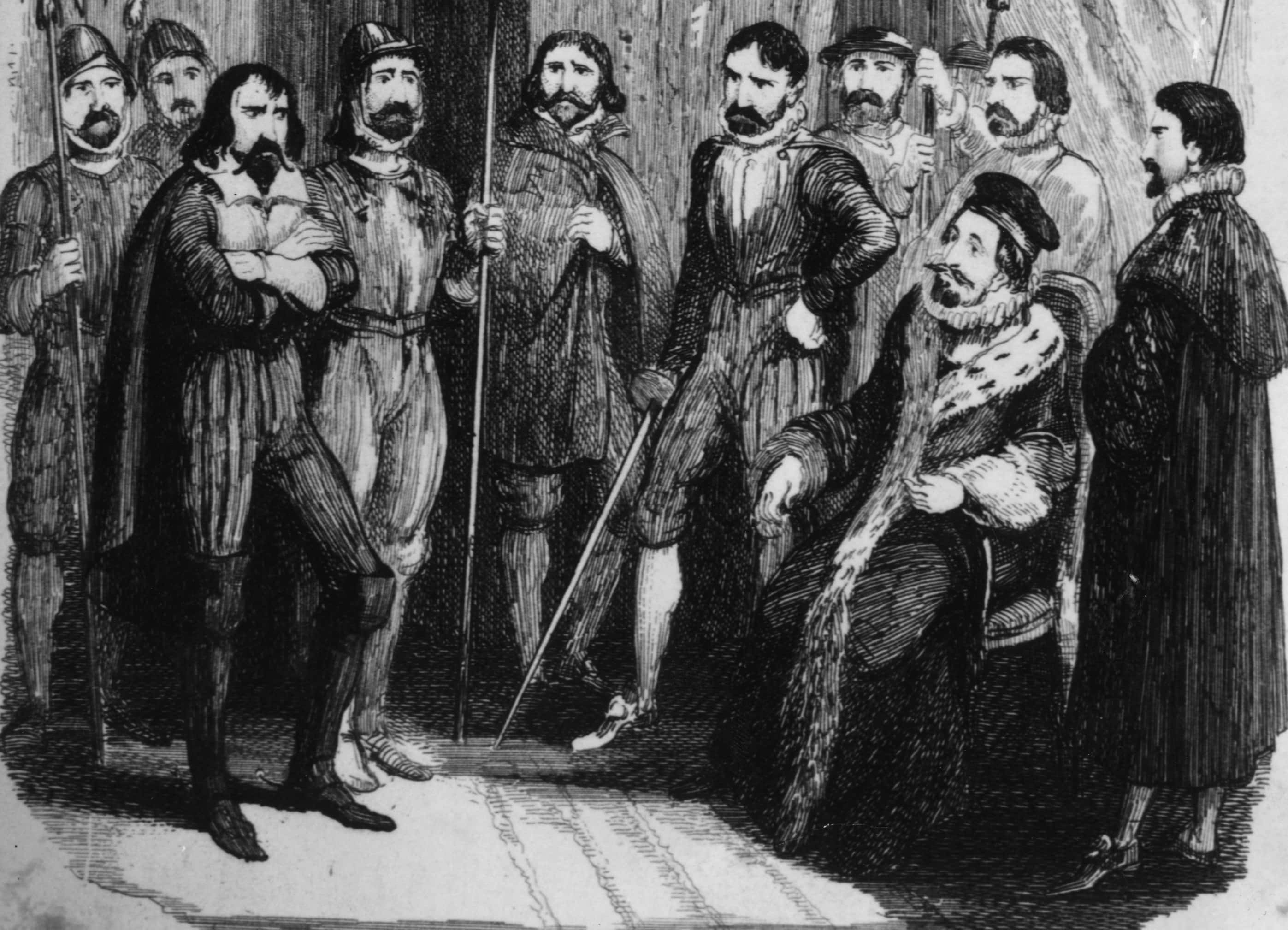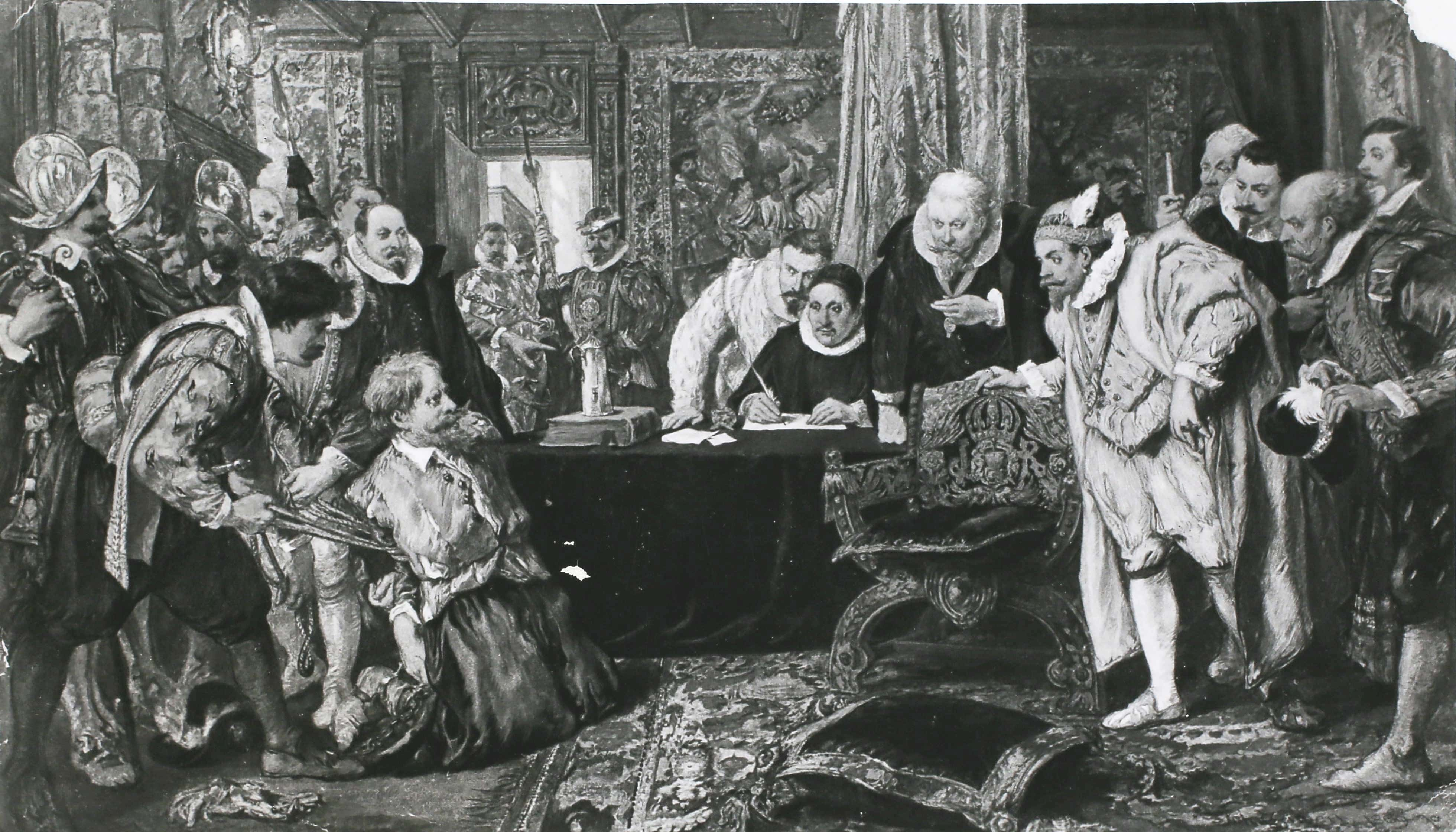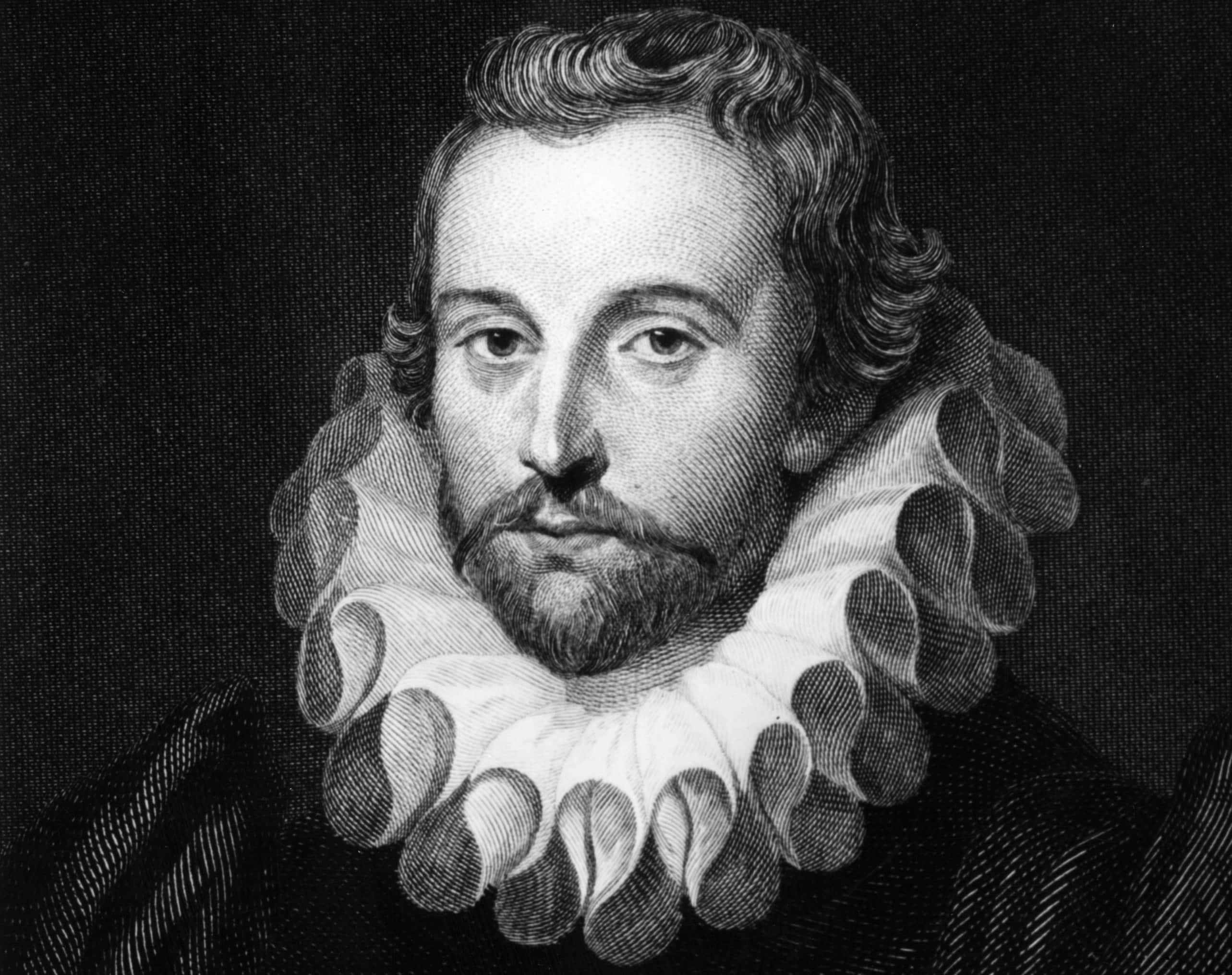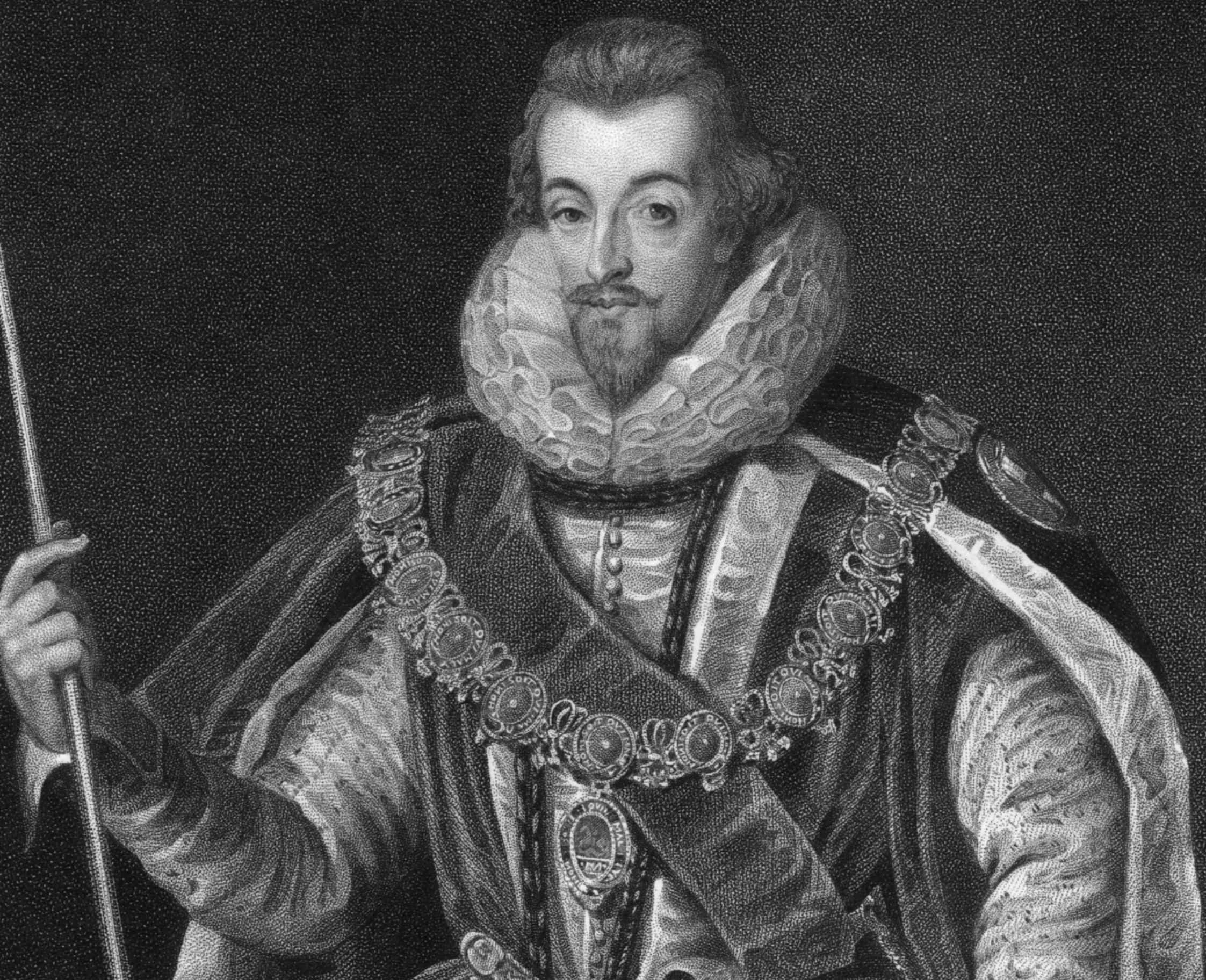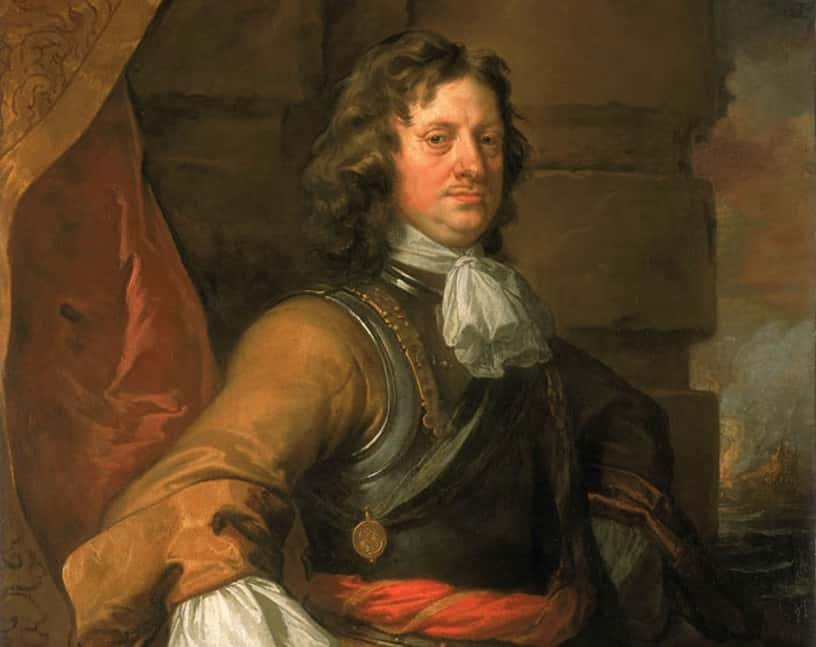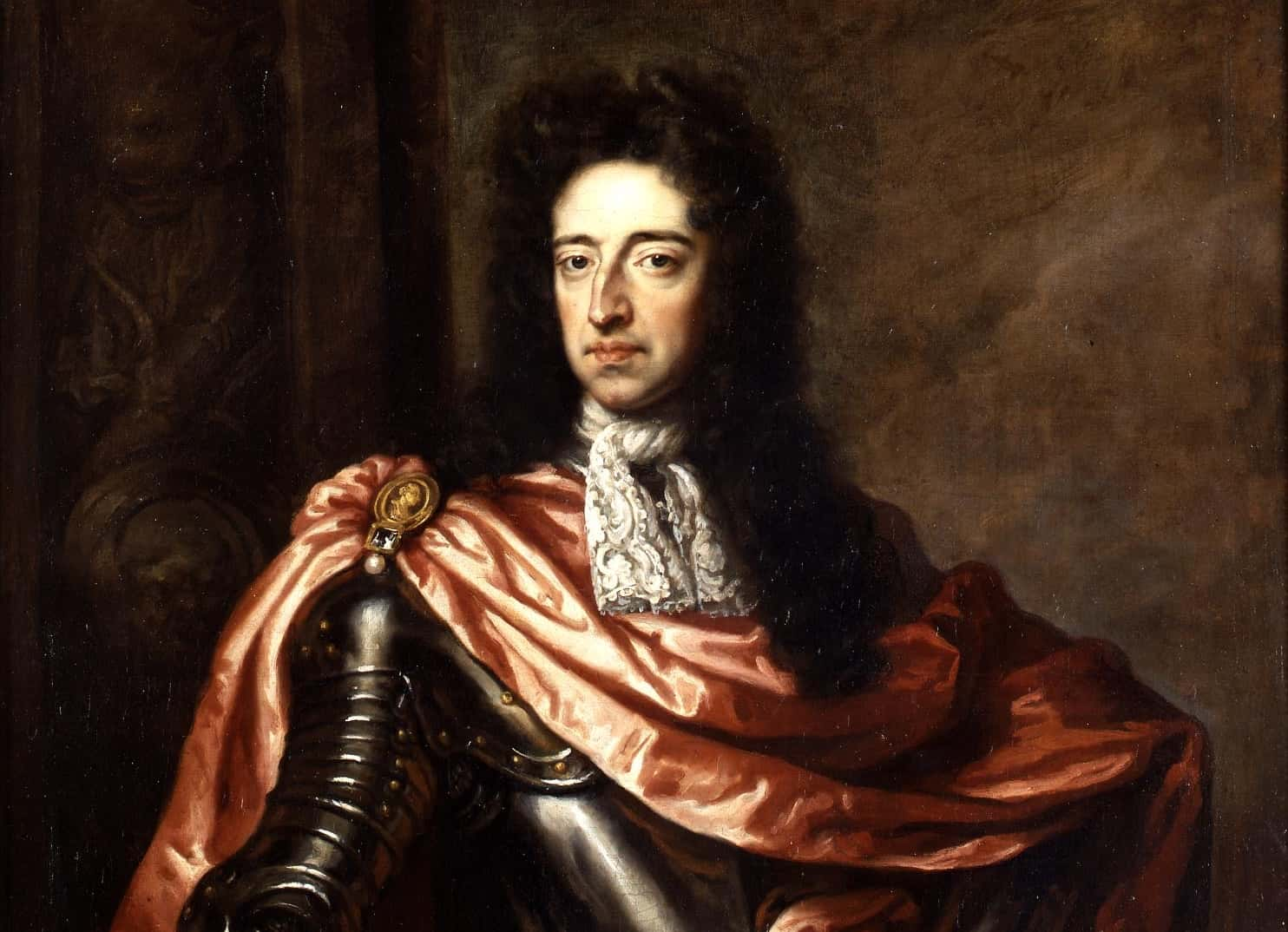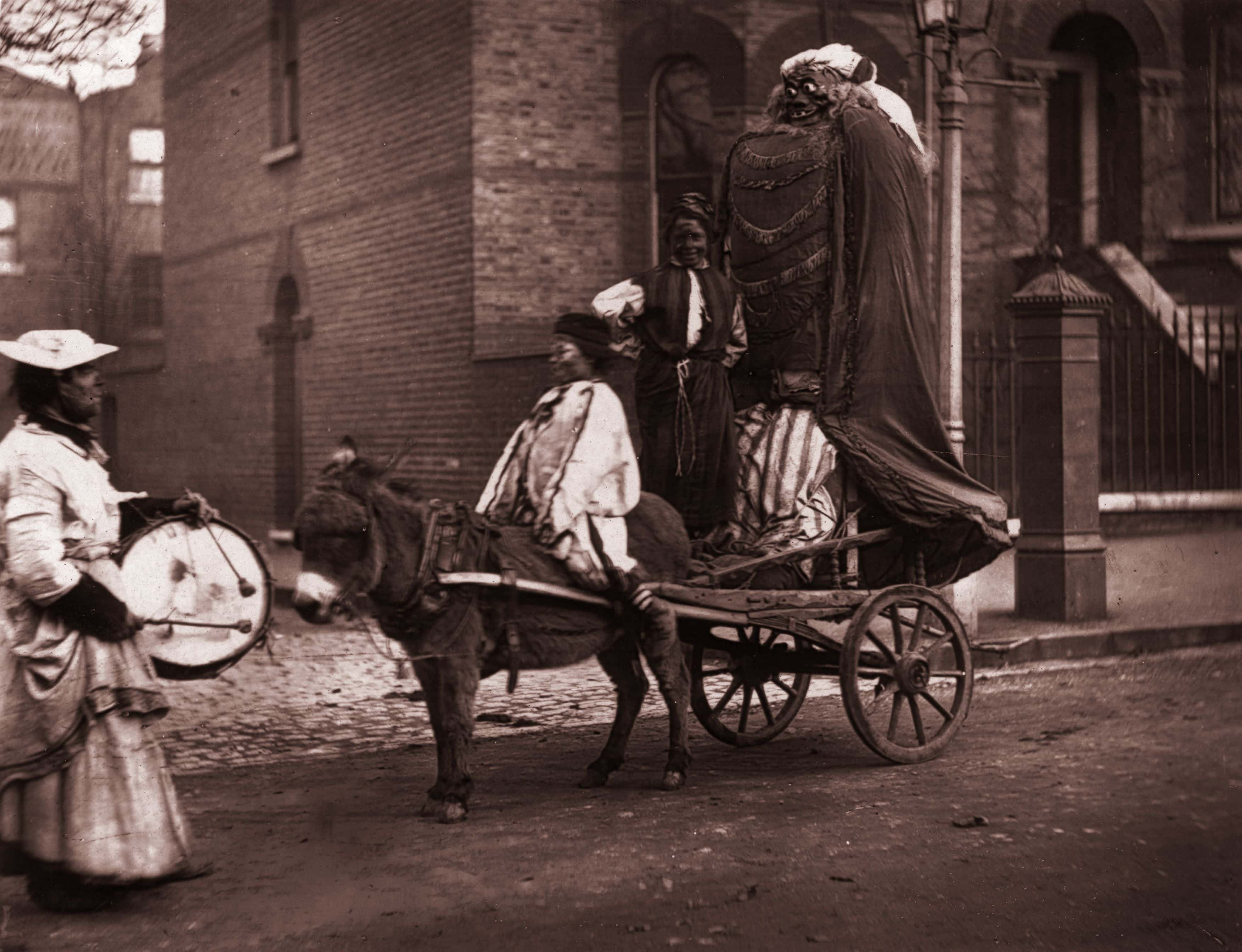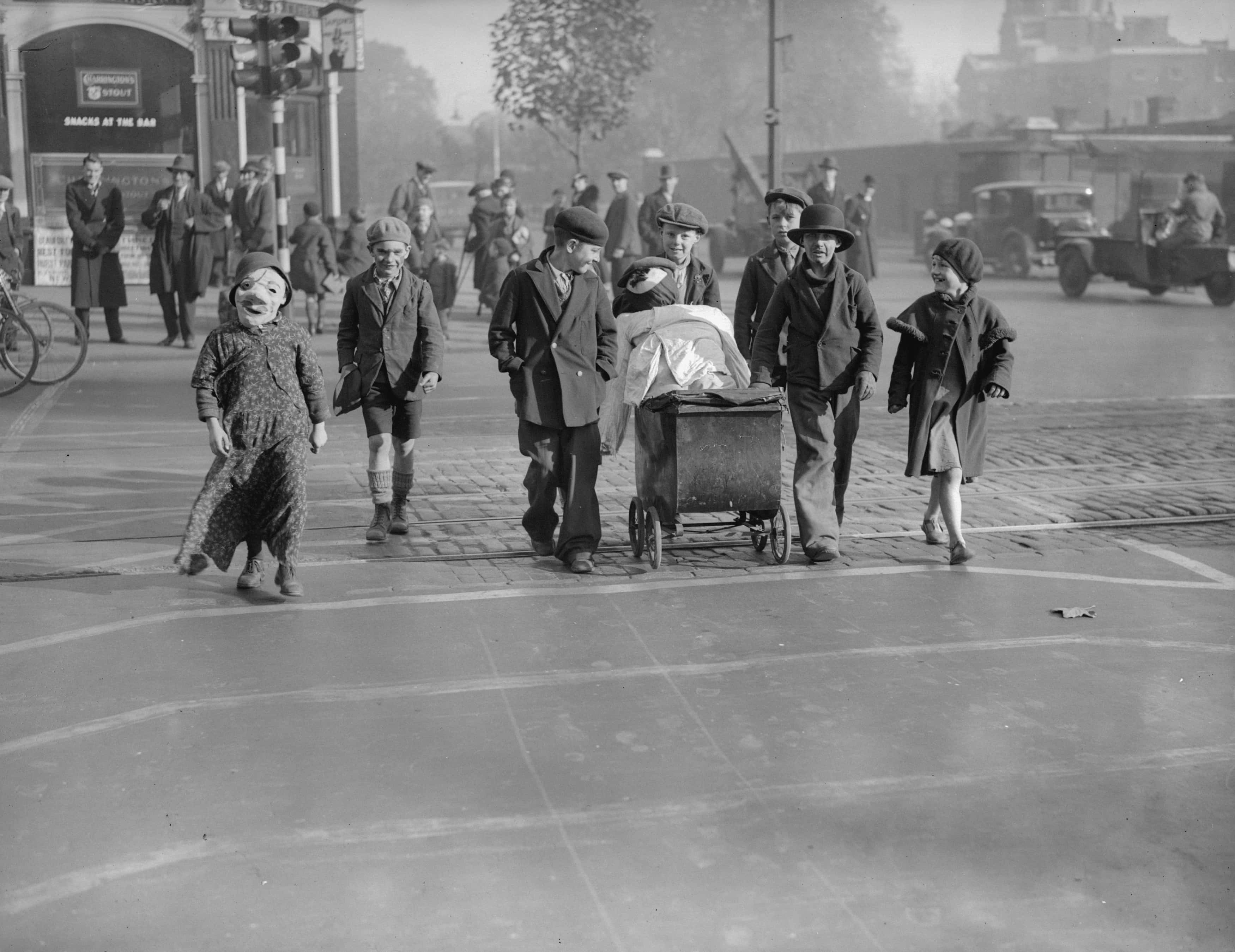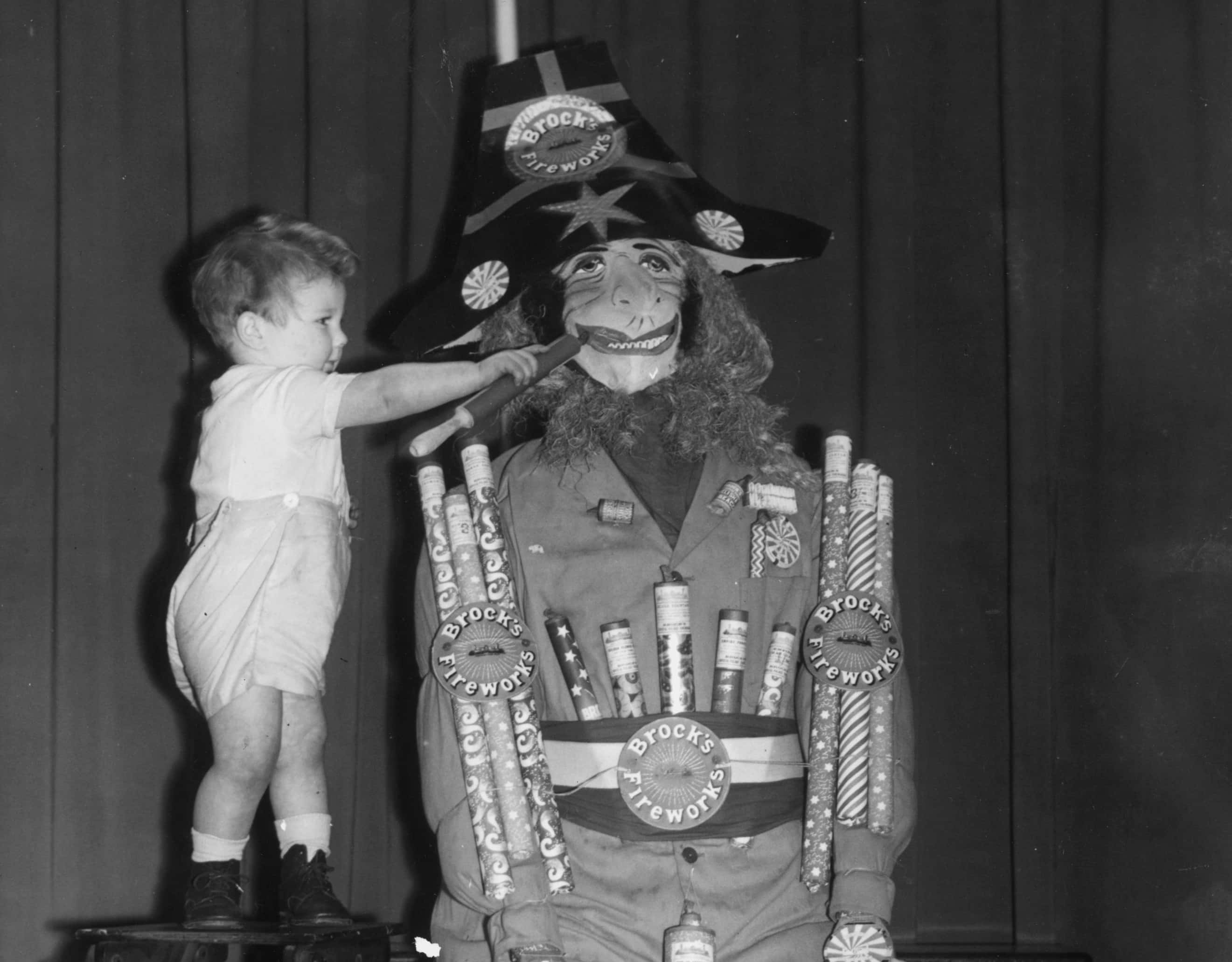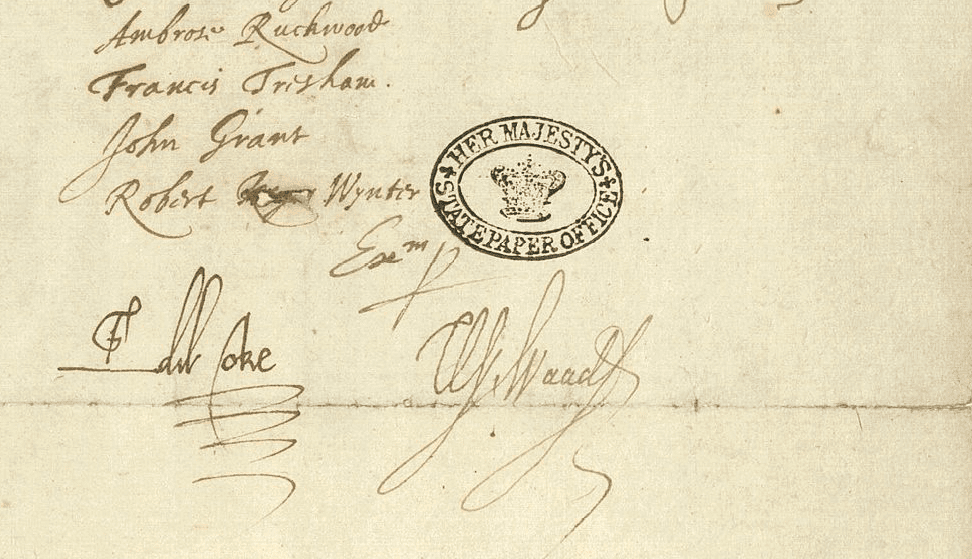Remember, remember, the 5th of November…the traditional rhyme takes dim view of Guy Fawkes and his co-conspirators who, in 1605, plotted to assassinate King James I and install a Catholic queen on the British throne. Elsewhere, he has been toasted (though cynically) as “the last man to enter Parliament with honest intentions". In the 400 years since his execution for High Treason, Fawkes has gone from most hated man in England, to a folk anti-hero, to the ironic face of anti-establishment activism around the world. Loved, hated, or some combination of the two, Fawkes has made annual appearances ever since as, each November 5th, British subjects burn him in effigy to commemorate the failure of his Gunpowder Plot. Here are 42 explosive facts about Guy Fawkes.
1. Unlikely Beginnings
Guy Fawkes was born in York on April 13, 1570. His father, Edward, was a proctor for the Anglican Church, and Fawkes was initially baptized in the Anglican faith.

2. The Convert
Edward Fawkes departed this life when Guy was just eight years old. His mother (who had been born into a Catholic family) remarried a Catholic named Dionis Baynbrigge.
At that time, English law was brutally harsh towards Catholics. Nevertheless, Fawkes converted, becoming an ardent member of the Catholic Church.
3. School’s Out
The young Fawkes was a student at St. Peter’s School, in York. To this day, St. Peter’s is one of the only places in the UK that skips the traditional Guy Fawkes’ Night bonfires (and subsequent effigy burnings), out of respect for their former pupil.
 Uhooep, CC BY-SA 4.0, Wikimedia Commons
Uhooep, CC BY-SA 4.0, Wikimedia Commons
4. Back to Work
Upon completing his education, Fawkes briefly worked for Anthony Browne, the 1st Viscount Montagu.
The Viscount, who had a personal dislike for Fawkes, fired him. Nonetheless, Fawkes was reinstated after the Viscount's demise when his grandson succeeded him.
5. Guilty by Association
Later, the 2nd Viscount Montagu would be jailed and interrogated on suspicion of involvement with Fawkes’ Gunpowder Plot. He was cleared and released after several months.
6. Acting Alone
One source asserts that Fawkes was married and had a child around the time of the Plot, however, no other sources have confirmed this information, and it appears that Fawkes lived his entire life and ultimately met his end as a bachelor.
7. In the Army
In 1591, Fawkes departed from York to support Catholic Spain in their conflict with the Netherlands.
He notably participated in the Siege of Calais (an important Spanish victory) and was later promoted to the rank of alférez. Fawkes' experience in armed service, along with his contacts in France and Spain, made him a person of interest among increasingly insurgent English Catholics.
8. Guido?
While serving with the Spanish army, Guy adopted the name Guido.
He would continue to use the name Guido for the rest of his life, introducing himself and signing letters as “Guido Fawkes".
9. The Plot Thickens
In 1604, Fawkes was approached by Thomas Wintour, an English Catholic, and invited to return to England. There, Wintour and an associate, Robert Catesby, were plotting to assassinate King James I and install his daughter, the Catholic Elizabeth Stuart, on the throne. Virtually unknown in England, and with a thorough knowledge of explosives, Fawkes was considered an ideal candidate for the job.

Sign up to our newsletter.
History’s most fascinating stories and darkest secrets, delivered to your inbox daily. Making distraction rewarding since 2017.
10. Holy Vows
The five central conspirators—Fawkes, Wintour, Catesby, John Wright, and Thomas Percy—met for the first time on May 20, 1604, at the Duck and Drake Inn in London. The five men swore on a prayer book to seal the pact and then went to mass, which was conveniently being held in a room at the inn.
11. Breakout Star
The five main conspirators would later be joined by Robert Wintour, Christopher Wright, Robert Keyes, Sir Ambrose Rookwood, Sir Everard Digby, John Grant, and Francis Tresham. While Fawkes is the most famous of the conspirators—by virtue of his being chosen to light the fuse, and so being caught—Robert Catesby is widely acknowledged to be the ringleader of the group.
12. Shovels Down
Initially, the conspirators planned to dig a tunnel from the house of John Whynniard (where Fawkes had been posing as a servant) to the Parliament.
During their excavation, the plotters overheard peculiar sounds from above: a widow had been clearing out a cellar, previously owned by her late husband, that reached as far as the House of Lords. The conspirators decided to quit digging and lease the undercroft instead.
13. That Oughta Do It
In preparation of the plot, the conspirators loaded the cellar with 20 barrels of gunpowder.
When Fawkes discovered that some of the gunpowder had decayed, they added another 16 barrels. All told, the 36 barrels of gunpowder laid under the House of Lords were roughly the equivalent of 5,500 pounds.
14. A Plague Upon the House
Although all pieces were set in place, the conspirators were forced to wait until Parliament opened.
London had been beset by the Plague, and Parliament was forced to push its usual July opening all the way to, you guessed it, November 5th.
15. What a Dud
Fawkes and his conspirators had acquired enough gunpowder to not only destroy Westminster Palace, but all buildings within a one-mile radius.
Some historians, however, argue that, given the long delay and the fact that much of the gunpowder had already decayed, there would have been no explosion at all once Fawkes lit the fuse. We’ll never know if this was true, and Fawkes himself was spared the disappointment.
16. Warning
Worried that some harm might come to the few Catholic Members of Parliament, one of the conspirators sent an anonymous letter to Lord Monteagle, urging him to stay away from Parliament on November 5th.
After, Monteagle showed the letter to his colleague, the Earl of Salisbury, who, in turn, forwarded it to King James himself.
17. Who’s the Snitch?
The writer of the letter exposing the Gunpowder Plot remained anonymous, and to this day we do not know who they were. No suspicion seems to have fallen on Fawkes—he was, after all, caught and tortured. It is worth noting that Lord Monteagle was the brother-in-law of conspirator Francis Tresham, but there has been no conclusive proof that he was the whistleblower.
Some even suspect Monteagle himself was aware of the plot and wrote the letter.
18. Exactly What It Looks Like
On November 4th, after a search of the buildings surrounding Parliament, Fawkes was caught red-handed. He was found in the undercroft, surrounded by 36 barrels of gunpowder, holding a long match.
19. That’s the Best You Can Do?
Upon his arrest, Fawkes offered his name as John Johnson.
This was also the name he used during meetings with his conspirators. It’s a fine name, but not quite as creative as “Guido Fawkes".
20. An Audience with the King
When Fawkes was apprehended, he wasn't led straight to a dungeon. Instead, he was taken to the king's bedchamber to encounter the man himself.
While Fawkes' relationship with James I could be considered hostile, as he referred to him as a disease and expressed his intent to "send you Scotch beggars back to your native mountains," the king maintained a level of admiration for Fawkes' determination and advised his questioners to begin with less severe methods of inquiry. How thoughtful.
21. Stand-Off
Fawkes remained determined not to disclose his co-conspirators, but eventually relented after enduring days of relentless interrogation. The remaining 12 conspirators were found holed up at an inn in Staffordshire. Four individuals, including Robert Catesby, lost their lives in the subsequent shootout. The remaining eight were captured, tortured, and put on trial alongside Fawkes.
22. A Fate More Dreadful than Life's End
The sentence handed down to Fawkes and his allies was not what you would call lenient. Attorney General Edward Coke recommended that the men should be hanged, drawn, and quartered, and their intimate areas set ablaze in their presence. Their eyes, hearts, and bowels would then be carved out before the plotters were, finally, decapitated, with their bodies left to be picked at by scavengers.
23. The Plot Plot
Some have proposed the theory that there never was a Gunpowder Plot at all. Instead, “the Gunpowder Plot” was something cooked up by the Earl of Salisbury both to make himself look good and to enact harsher laws against Catholics. Salisbury, as chief investigator of the Plot, and as the one who passed the warning letter on to King James, had significant influence on the framing of the public narrative—but there’s been no evidence of his involvement.
24. Copycats
Conspiracy theories mounted, however, after 1678, when accusations of treason against five Catholic lords turned out to be a hoax put forward by a Protestant clergyman.
The lords were accused of plotting to assassinate the king in what was called the Popish Plot. The trial was dismissed as absurd, but the similarities to the Gunpowder Plot were striking. A man was even found in the cellar beneath the House of Lords with barrels of gunpowder—he turned out to be the king’s private fireworks maker.
25. Happy Holidays
Days before Fawkes’ execution, Member of Parliament Edward Montague proposed the Observance of 5th November Act. The law enshrined the 5th of November as a national day of commemoration to celebrate the failure of the Gunpowder Plot.
Participation was mandatory.
26. Hope You Don’t Mind Sharing
November 5th celebrations were later expanded to include the commemoration of William of Orange’s landing at Brixham in 1688.
27. Wild Night
While the Observance of 5th November Act was repealed in 1859, celebration of “Guy Fawkes Night” continues to this day. While originally a day of prayer, festivities later evolved into parades, bonfires, fireworks, and the burning of Fawkes in effigy.
Some marchers even rolled burning barrels of tar down the street. Frequently, the parades would degenerate into sectarian conflicts and class battles.
28. The Man in the Ironic Mask
The iconic "Guy Fawkes Mask" was designed by illustrator David Lloyd for the illustrated novel V for Vendetta. It has since been adopted by many anti-authoritarian activist groups, most notably the hacktivist group Anonymous.
Somewhat ironic, considering Fawkes’ goal of establishing a Catholic monarchy.
29. The True North Strong and Free?
The rebellious reputation of the Guy Fawkes Mask has made it the target of restrictive laws and penalties in many countries around the world. Such a mask may not be imported into Saudi Arabia and Bahrain, for example.
Even in Canada, protestors can potentially face up to ten years of incarceration if spotted wearing this (or any) mask.
30. Off Brand
Given its associations with rebellion and protest, it might surprise you to know that copyright of the Guy Fawkes Mask, as it most commonly appears, is owned by the Time Warner media conglomerate.
The megacorporation receives a percentage from all sales of the mask.
31. Penny for the Guy?
By the 19th century, Guy Fawkes Night preparations were almost solely the domain of working-class children. They would organize themselves into neighborhood gangs, competing with others to see who could build the biggest bonfire, or beg the most money for the celebration.
32. Cast of Characters
Effigies of figures besides Guy Fawkes have made appearances during the November 5th festivities. The bonfires in Lewes are considered the biggest and best; some “guest appearances” at the Lewes bonfires include several past popes, Osama Bin Laden, former British Prime Minister David Cameron, and FIFA president Sepp Blatter.
33.The Pope with a lit cigar
Guy Fawkes Night took on a different dimension in the American colonies.
Referred to as “Pope’s Night,” Protestant Americans burned the pope in effigy and led loud, violent processions through the streets. The tradition was prohibited by George Washington, as he sought approval from mainly Catholic French Canadians during the American Revolution. The milder version of the custom, “Pork Day,” continued, but was gradually replaced by a more popular holiday: Halloween.
34. Cease the Home Fires Burning
Guy Fawkes Night celebrations were discontinued for the duration of WWII. They resumed again in 1946.
35. Opening Day
Guy Fawkes Night is just one of the traditions originating the Gunpowder Plot. British Parliament also has a tradition: every year, before Parliament’s annual opening, a team of guards inspects the cellars under the Palace of Westminster to ensure no one has placed any explosives there. If successful—as it typically is—the guards are gifted a glass of port, and Parliament begins.
36. Just Another Guy
Fawkes was the original “Guy". Following his execution, the term “Guy” caught on as a generic insult for an ugly man. The term has since lost its teeth, and now there are guys all over the place.
37. Watch It for the Plot
The Gunpowder Plot unfolded just as William Shakespeare was writing Macbeth. Many scholars believe the Gunpowder Plot played a significant part in shaping the play, and have pointed out many possible allusions to the Gunpowder Plot in the text.
38. Guy-land in the Stream
An uninhabited island in the Galapagos is named for Guy Fawkes.
No one knows why.
39. Effigy on a Poll
In 2002, a BBC poll named Fawkes the 30th greatest Brit of all time. This places the terrorist ahead of such notable figures as Henry VIII, JRR Tolkien, and the Queen Mother. Fawkes even outranked King Arthur.
40. Mistreatment of Animals
It was common practice during the 17th century to stuff effigies of Guy Fawkes with live cats.
When the effigies were thrown on the bonfire, it would have the effect of the effigy screaming in agony. The cruel practice has thankfully been abandoned.
41. The Writing’s on the Wall
Two copies of Fawkes’ written confession can be found in the British National Archives. The first, written before his interrogation, shows a clear, deliberate signature by Fawkes.
On the second, written after his interrogation, Fawkes’ signature is faint, jumbled, and erratic, evidence of the tortures he suffered during the interrogation.
42. Avoiding The End of Life
Fawkes naturally sought to avoid the worst of his grim punishment. On the morning of his execution—January 31, 1606—Fawkes ascended the gallows, positioned his head in the noose, and jumped, fracturing his own neck, which led to his immediate cessation of life. He was, nevertheless, drawn and quartered, his body scattered, like his compatriots’, to the four corners of the kingdom.
Sources: 1, 2, 3, 4, 5, 6, 7, 8, 9, 10, 11, 12, 13, 14, 15, 16, 17, 18


